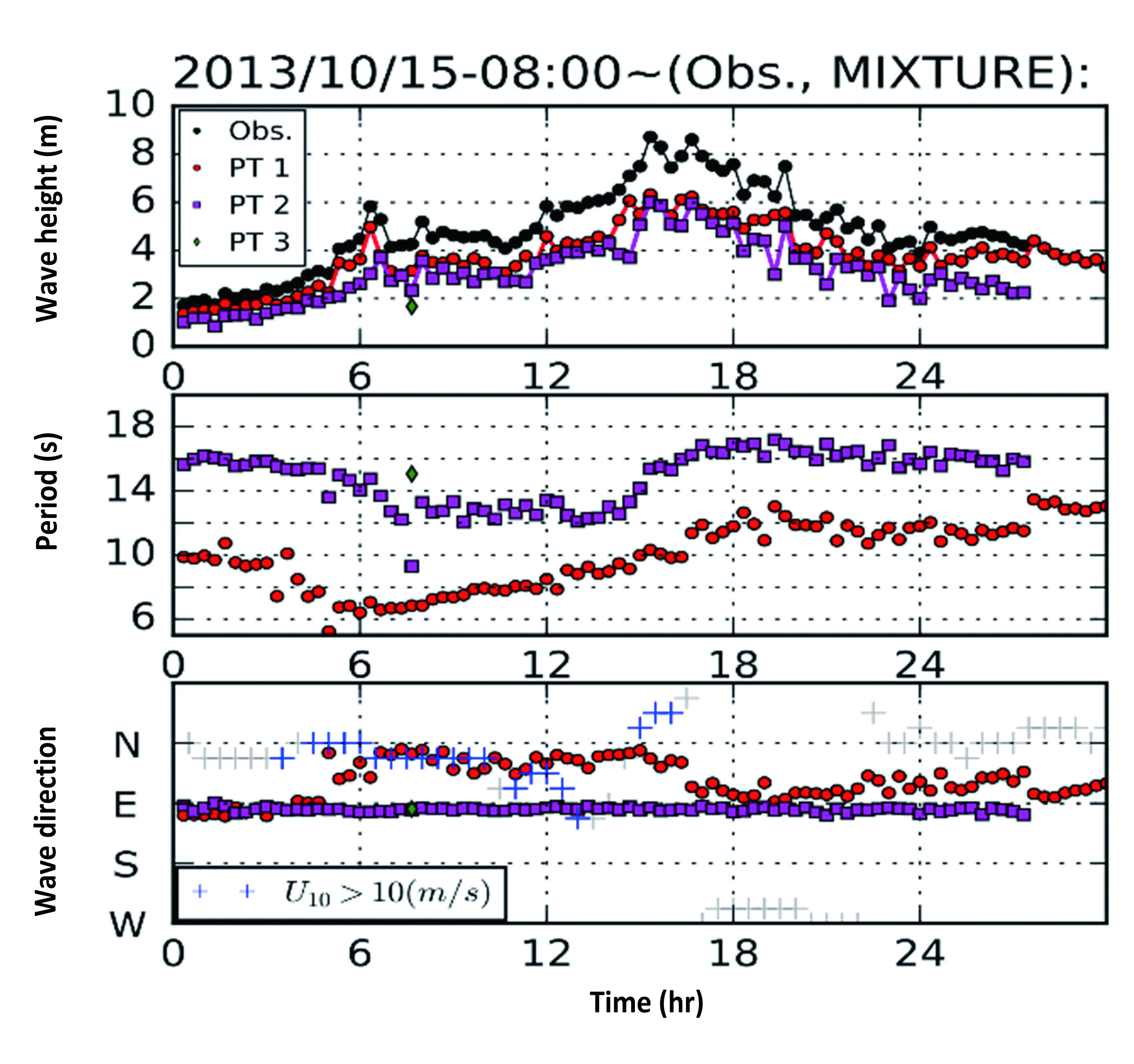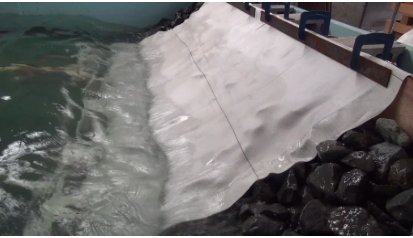Major Research 1C Research on Mitigation and Restoration of Storm Surge and Wave Disasters
Background and Objectives
Since Typhoon Vera struck in September 1959, there have been no devastating storm surge and wave disasters in Japan. However, the U.S. suffered severe damages due to Hurricane Katrina in September 2005, and so did the Philippines due to Typhoon Haiyan in November 2013. In future, global warming might bring higher storm surges and waves than those we have expected in Japan.
Therefore, this research is aimed for changing disaster prevention and mitigation measures into a pre-disaster stage from post-disaster one and focuses on how to mitigate damage by the maximum storm surge and wave conditions and how to rapidly recover and reconstruct after the damage has occurred. Therefore, we conduct research to encourage hard and soft measures. Specifically, we will develop a numerical model to estimate the maximum storm surge and wave and their damage and will also develop design methods to build robust structures.
Research topics
Research and development comprises the following two subthemes:
1.Research on storm surge, wave and maximum damage estimation
We will develop the following to determine the characteristics of the damage due to the maximum storm surge and wave: an accurate storm surge prediction model, which incorporates a weather model; and a new method based on a 3-D fluid model to simulate tidal levels and flows at the time of storm surge. Also, we will employ a high statistical analysis to estimate the effects of global warming on the maximum storm surge and wave and long-term variations in these statistics. In addition, we will establish a calculation technique to estimate the following wave transformations: the wave sheltering effects of breakwaters damaged through sliding, depression and others; and overtopping prevention effects of seawall having collapsed parapet, dispersed wave-dissipating blocks and other damages.
2.Research on the technology to reduce maximum storm surge and wave disasters
We will elucidate structural stability under complex conditions in which unexpectedly high water level due to storm surge coincides with high waves. In addition, we will investigate methods of estimating the damage on structures due to storm surge and waves and countermeasure against such damages, and develop a method to design robust structures.
Activities in FY 2018
For the elucidation of the characteristics of oceanographic phenomena based on central processing and analysis of observation data, we organized the wave observation data measured in 2017 through the Nationwide Ocean Wave Information Network for Ports and Harbours (NOWPHAS) into the annual report, and also analyzed the waves caused during Typhoons Jebi and Trami. In addition, we observed sea surface winds and ocean surface turbulence at the Hiratsuka observation tower.
For the study of the seasonal and regional characteristics of swells observed along the coast of Japan and the mechanism through which they emerge, we used the method that was developed during the previous fiscal year to estimate two-dimensional wave spectrum with high precision, developed a new method to identify wind waves and swells with different predominant periods and wave directions based on the wind direction and the wave age, and applied the new method to in-situ data for several stations.

Temporal change in the three main components (PT1, 2, and 3)
For the development of the wave generation and tranquility analysis method for waves created by strong wind and ship waves in a harbor, we studied the wave development process in a wind-wave flume, and also improved the Boussinesq model called as NOWT-PARI, which is used to perform harbor tranquility analysis, so that wave development can be also expressed in line with Miles's theory.
For the proposal of the improvement in the prediction accuracy of swell, we confirmed that there was no significant difference between WAM and WW3 in terms of their precision of wave estimation in the open ocean, and developed a WW3-based wave estimation system applicable to the coast of Japan. We also proved that it would be difficult for these models to recreate the 'Yori-mawari-nami' swell that uniquely occurs in Toyama Bay, for which the phase interference of waves is important.
For the evaluation of the wave transformation and propagation characteristics around damaged structures, we improved the Boussinesq model called as NOWT-PARI so that it can be applied to types of submarine topography such as rectangular cross sections where the depth suddenly changes. We also reviewed data from the disaster caused by Typhoon Jebi and attempted to compute wave overtopping and runup over quaywalls submerged under water due to a high sea level.
For the study on the maximum storm surge hazard using a coupled model of storm surges and waves, we conducted statistical analyses of the parameters of the typhoons that have occurred since 1951 (including their extratropical transition) and examined what might be the optimal gradient wind velocity reduction factors for the parametric typhoon model. We also performed computations to recreate the storm surges that occurred in Osaka Bay during Typhoon Jebi, 2018.
For the study on the effects of wave forces on the structural members of costal structures during storm surges, high waves, and tsunamis, we conducted experiments to observe the abrasion of geotextile sheets and the stability of wave-dissipating blocks. We also examined ways to improve the efficiency of UAV-based disaster damage surveys by utilizing data from the surveys in the damaged area by Typhoon Jebi. In addition, we collected experiment data to develop a program for evaluating wave pressure using ANN.

Experiment on the abrasion of geotextile sheets



